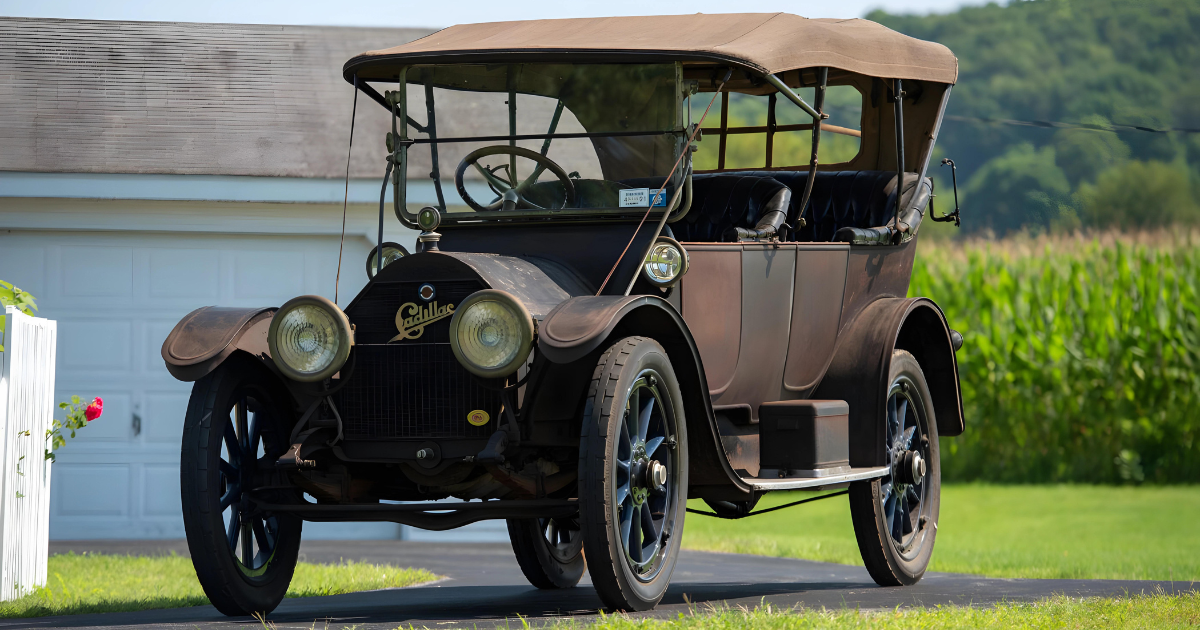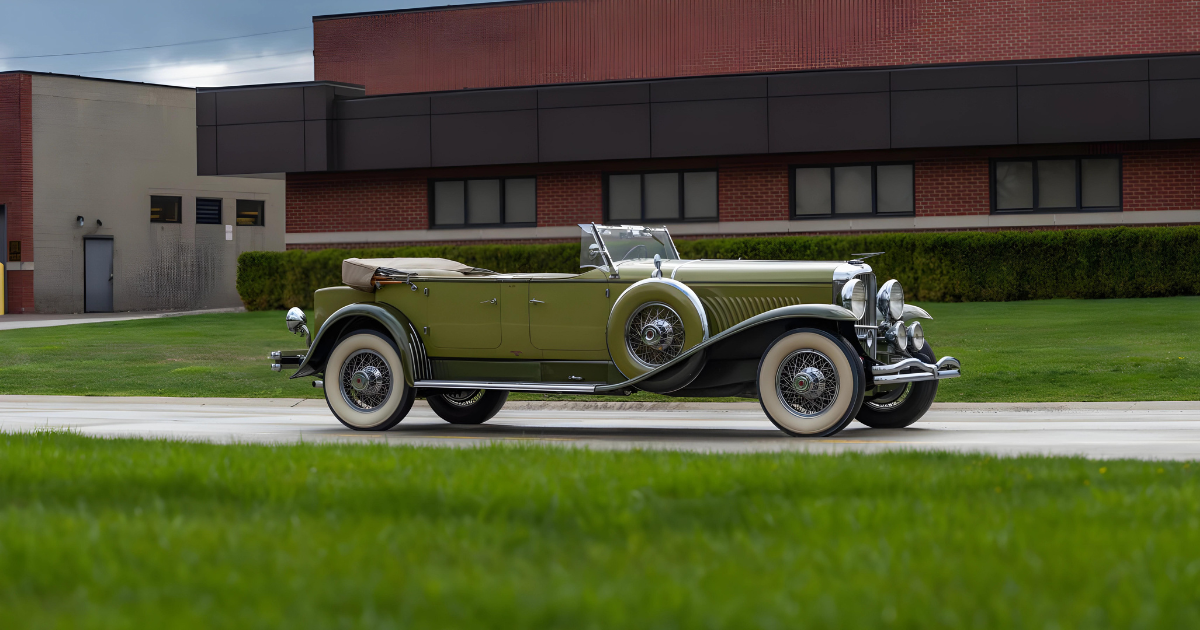
The Paige-Detroit Motor Car Company, later known simply as Paige, traces its origins back to the entrepreneurial vision of Harry M. Jewett, who saw great potential in the burgeoning automobile industry at the turn of the 20th century. Despite lacking prior experience in motorcar design or manufacturing, Jewett recognized an opportunity and sought out expertise to bring his vision to life.
To realize his automotive ambitions, Jewett heavily invested in a design concept championed by Frederick O. Paige, who claimed that engineer Andrew Bachle had originated it. Embracing the promising prospects of this venture, the company adopted Paige’s name, with Frederick O. Paige assuming leadership roles as president and general manager.

In 1909, Paige-Detroit introduced its first model, the Model Number 1 Roadster, with a pioneering two-stroke, three-cylinder engine producing 25 horsepower. This highlighted the company’s focus on innovation and performance. Recognizing the need for refinement, Jewett led significant adjustments to the company’s approach.
By 1910, Paige-Detroit implemented changes, including replacing the initial engine with a more conventional four-cylinder, four-stroke variant while maintaining the same horsepower output. These adaptations reflected the company’s commitment to technological progress and meeting market demands.

Amidst transformative developments, Paige-Detroit fostered a culture of collaboration and innovation. Engineers, designers, and craftsmen refined vehicles’ performance, reliability, and aesthetic appeal. This ethos fueled growth and instilled pride among the workforce.
This emphasis on teamwork and ingenuity laid the foundation for Paige-Detroit’s enduring legacy as a pioneering force in the automotive industry. By fostering innovation and adaptability, the company set itself apart and established a reputation for excellence.

Interestingly, during this transitional period, Paige-Detroit seemingly continued to offer both the three-cylinder and four-cylinder engine options, catering to different customer preferences. Additionally, the company explored alternative markets by marketing the three-cylinder engine for marine applications, demonstrating a diversified approach to product utilization.
In 1911, as part of its ongoing evolution, the company underwent a rebranding initiative, dropping the “Detroit” designation from its name and adopting the simplified moniker of “Paige.” This strategic decision reflected a desire for a more streamlined and cohesive brand identity as Paige continued to solidify its presence in the automotive industry.

Overall, Paige-Detroit, later known simply as Paige, embodies the dynamic landscape of the early automotive industry, marked by innovation and strategic evolution. Despite initial challenges, the company’s resilience and forward-thinking leadership paved the way for future success, leaving a lasting legacy of innovation and adaptability in the automotive world.




